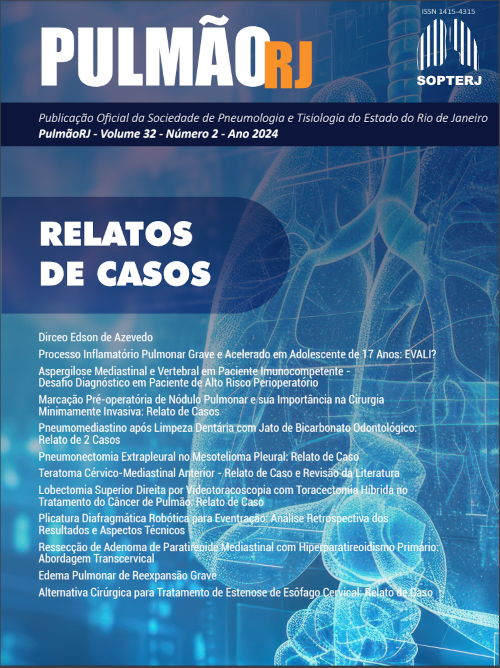Mediastinal and Vertebral Aspergillosis in an Immunocompetent Patient – Diagnostic Challenge in a Perioperative High-Risk Patient
DOI:
https://doi.org/10.63483/rp.v32i2.5Keywords:
Aspergillosis, mediastinal aspergillosis, vertebral aspergillosis, aspergillosis treatmentAbstract
Infections caused by Aspergillus spp. are often associated with some state of immunosuppression. Vertebral infection caused by these agents is the most common form of bone aspergillosis, making the diagnosis sometimes challenging. Although bone infection by Aspergilus spp. Although it is uncommon, vertebral involvement is the most common form of osteomyelitis, as well as being associated with considerable mortality (around 25%). It is estimated that bone disease represents about 3% of cases of invasive aspergillosis. The diagnosis of the disease can be confirmed by isolating the germ via direct examination and/or culture for fungi in a bone fragment or collection adjacent to the affected site. The species isolated in most cases is A. fumigatus. It is treated for at least 8 weeks, but there are reports of extension for more than 6 months, depending on clinical improvement. Classically, surgery is indicated on an individual basis in cases of vertebral instability or progressive neurological symptoms, although historically pharmacological and surgical treatment have been indicated in combination in most reported cases.2,3





